Pulse processing
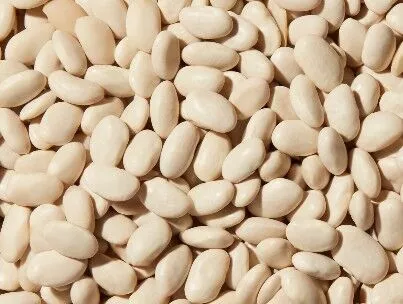
White-Beans
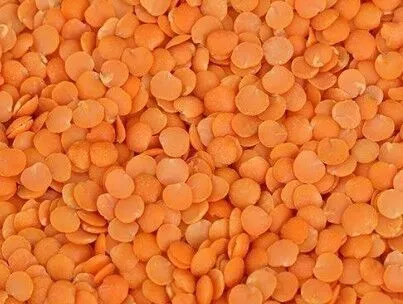
Red Lentils
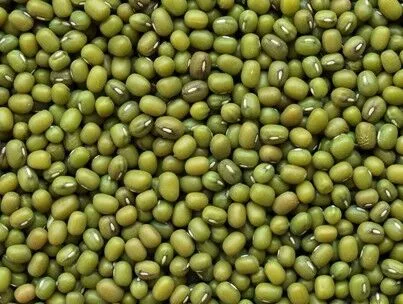
Mung-Beans
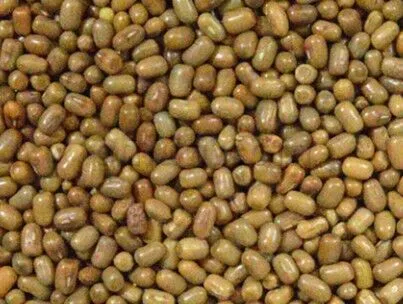
Moth-Beans
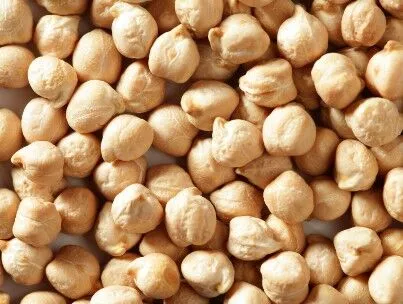
Chickpeas(Black & White)
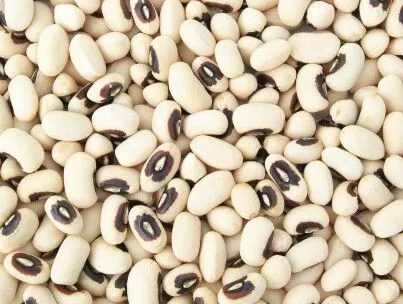
Black-Eyed-Beans
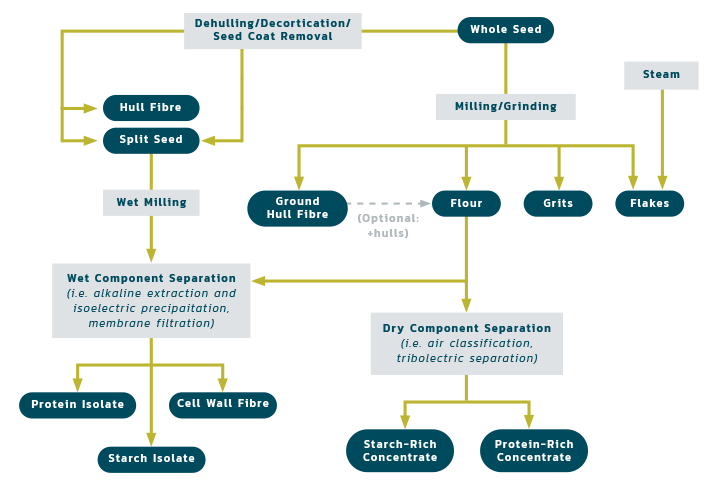
Pulse Processing Technology
The processing of pulses in India has seen tremendous expansion. Much research funding is being invested in order to gain a better knowledge of functionality and how to hone processing technology to satisfy the demands of diverse end users as the demand for pulse ingredients like protein and flour rises. Although the industry is always innovating..
Dehulling
Before milling, the seed coat (hull) can be removed during a process known as dehulling, which facilitates further processing. Dehulling machines apply abrasive forces to disrupt the bond between the hull and cotyledon1.
Several pretreatments can be used to facilitate the removal of the seed coat1:
- Pitting causes scratches or dents on the seed surface by passing the pulses through an abrasive roller. This facilitates the absorption of oil or water that may be added as a later step.
- Soaking in water with 3% red earth, which causes an expansion of the seed. This step is followed by a drying procedure that shrinks the seed, during which the cotyledon size is reduced more than the hull, aiding in the removal of the hull.
- Edible oils such as sunflower, soybean and mustard oil at rates of 0.1-1% (w/w). The addition of oil may also have a polishing effect on the pulse seeds.
- Chemical treatments such as NaOH, NaHCO3 and NaCl. This treatment has yet to be adopted by industry as nutrients will leach out in the aqueous solution.
- Enzyme treatment to partially hydrolyze non-starch polysaccharides in cell walls.
- Hydrothermal treatment combinations of water addition and heat treatment including steam and microwave heating.
Milling
The ingredient formats that can be derived by milling range from pulse grits, which consist of visible and coarse fragments, to flours which are a fine powder.
A number of factors will affect the millability of pulses:
- Seed composition and structural organization
- Seed size and shape
- Seed brittleness and hardness
- Variety and growing environment
- Post-harvest drying and storage conditions
- Cleanliness and grade
The Impact of Milling Technology
The milling technology used will have a large impact on product quality, as each technique breaks down the pulse seed by a different combination of forces, resulting in different chemical, physical and functional characteristics. Milling technologies will also vary based on the level of control the user has over the particle size of the final ingredient.
The impact of milling on pulse flours
For more information on pulse milling technologies, contact us.
Dry Component Separation
Air Classification
Once milled, flours can be further fractionated by air classification into a light, fine fraction (rich in protein) and a heavy, coarse fraction (rich in starch). During air classification, flours are dispersed within a stream of air during which gravitation and drag forces separate particles based on their size and density. The process can be repeated for higher separation efficiencies. Protein concentration increases with air classification ranges from 24% to 58% in lentil, 24% to 58% in pea and 31% to 70% in faba bean.2
Optimizing Separation Efficiencies
Optimizing particle size reduction and separating components during milling are important for maximizing the separation efficiency during air classification3. Increased yields have also been reported by increasing the moisture content of the flour prior to fracturing and defatting2,4. Flour chemical composition can also impact separation efficiencies; for instance, grains high in fibre tend to give lower protein yields4. Other factors that can impact efficiency include seed properties such as hardness, density, starch granule size, fat content and flour dispersibility5.
Electrostatic Separation
Although no pulse products are currently available produced using electrostatic separation, the feasibility to fractionate pulse ingredients this way has been demonstrated at a laboratory scale6. During triboelectric separation, flours are fed into a gas flow that charges particles statically through collision with one another. Proteins will be separated out based on their magnitude and type of charge in the presence of an external electric field3.
Similar to air classification, triboelectric separation will produce a protein-rich and carbohydrate-rich product. Final protein contents of up to 65.1% and 47.2% have been reported for lupin and navy bean products, respectively3. It may be possible for the protein-rich fraction produced during air classification to be used as a starting material for this method to achieve higher levels of protein purity.
Wet Component Separation
Wet fractionation of pulse flour into proteins, starches and fibres is overwhelmingly done using alkaline extraction followed by isoelectric precipitation. However, other technologies such as salt and enzyme-assisted extraction have been reported 7,8,9,10.
Protein
During wet extraction, proteins can be separated based on their differences in solubility under alkaline (pH 8-10), or acidic (pH <4) conditions. Following centrifugation, the soluble protein is collected by adjusting the pH to the protein’s isoelectric point (~pH 4.5). The drying method used may impact the functionality of the final isolate.
Proteins can also be recovered using membrane technology through ultrafiltration (UF). Typically, isolates produced this way have higher solubility, emulsion stability, and fat binding, water holding, foaming and gelling abilities than those produced through isoelectric point, since they contain more minor constituents such as fibre and minerals11. The UF process also tends to produce isolates with higher levels of protein.
Starch and Fibre
Starch may be extracted from dry or wet milled pulse flours using the sediment that is derived during the solubilization of proteins under alkaline conditions. Insoluble and soluble fibre fractions are collected at two different points during the wet fractionation process.
Ingredient Modifications
Pulses can be modified before or after processing which can alter the nutritional profiles, level of antinutritional factors and improve their respective flavour and aroma profiles. However, physicochemical and functional changes also take place. In cases where heat treatment is applied, the product may also exhibit a darker colour due to the Maillard Reaction between amino acids and reducing sugars present.
Common modifications include:
- Tempering and Conditioning adjusts the seed moisture content prior to processing to achieve a uniform distribution of moisture and to soften the internal seed matrix.
- Soaking of the seeds prior to processing with various aqueous solutions and time/temperature combinations.
- Thermal/Hydrothermal Treatments applies dry or wet heat to the raw seed or ingredient. The conditions applied, including temperature, moisture level and length of exposure, will each uniquely influence the quality of the final product.
- Extrusion applies combinations of different pressure, temperature, moisture and shear conditions to flours. Starting material is fed into a barrel containing rotating screws that knead the material as it passes along the system. Nearing the end of the barrel, the material begins to plasticize and cook so that when it exits, the sudden drop in pressure causes the entrapped air bubbles to expand. In the case of high moisture extrusion processing, a cooling die can be added to prevent the expansion of the material after exiting the barrel.
- Micronizing is a “short time, high temperature” cooking process that subjects flours to a short burst of infrared light which heats the sample through vibrational energy.
- Germinating is achieved by soaking the seeds to a moisture content that facilitates the growth and development of the seed. The soaked seeds are then stored under cool, humid conditions until the radicle emerges, after which the seeds may be milled into flour. The process of “pre-germination” stops the germination process before the emergence of the radicle.
- Enzymatic Treatment subjects the flours to enzymatic hydrolysis during which a specific substrate will be targeted depending on the enzyme selected.
- Fermentation
For more information about processing and the impact on ingredient quality and functionality, contact us.
